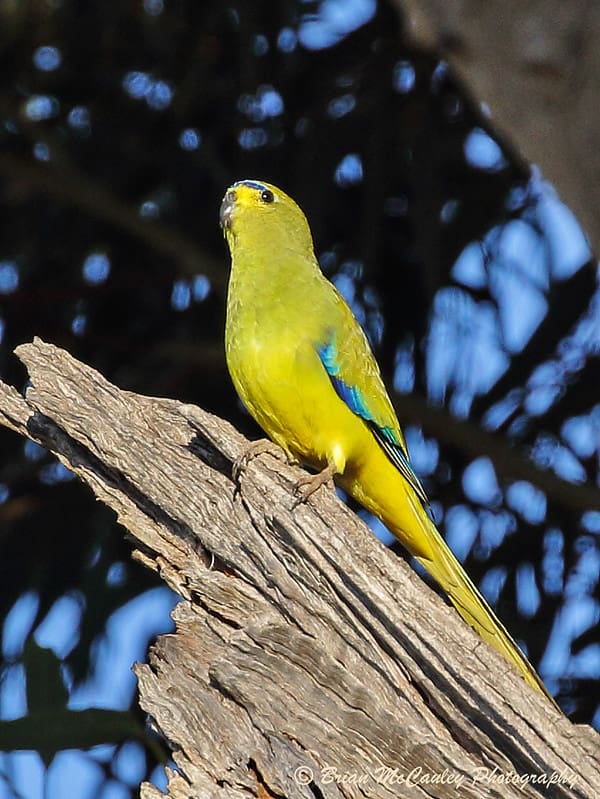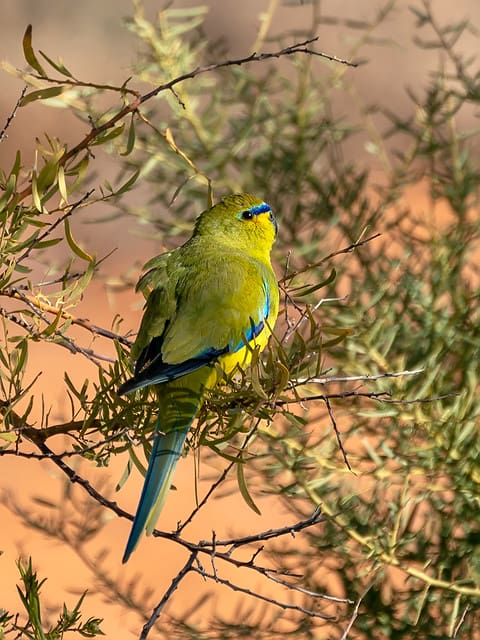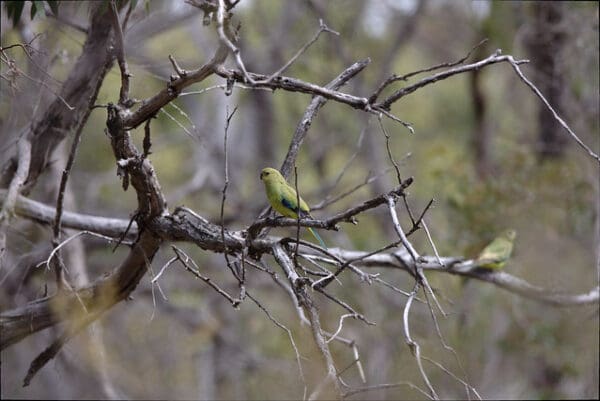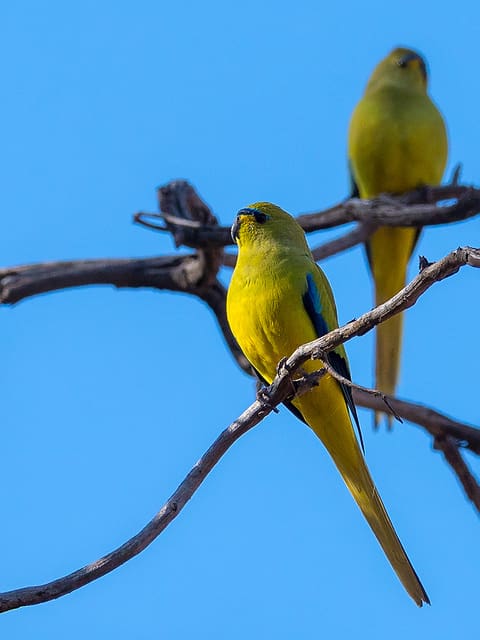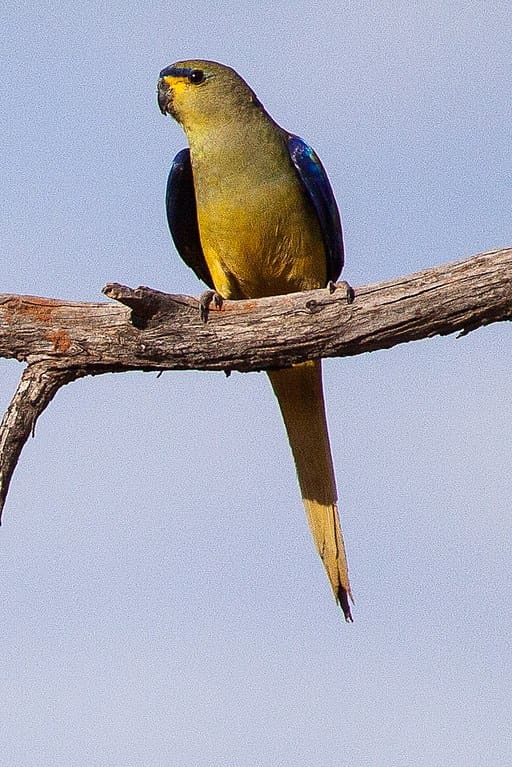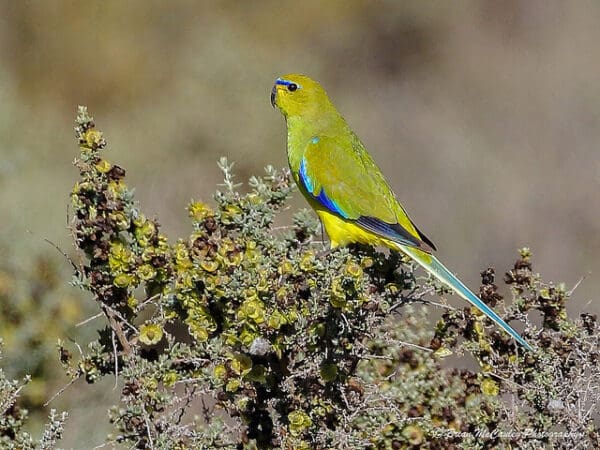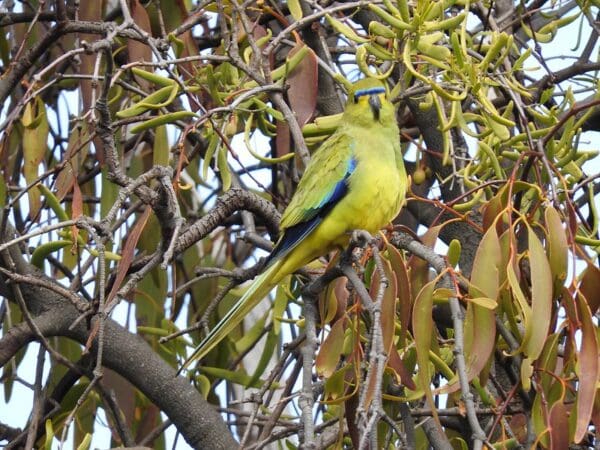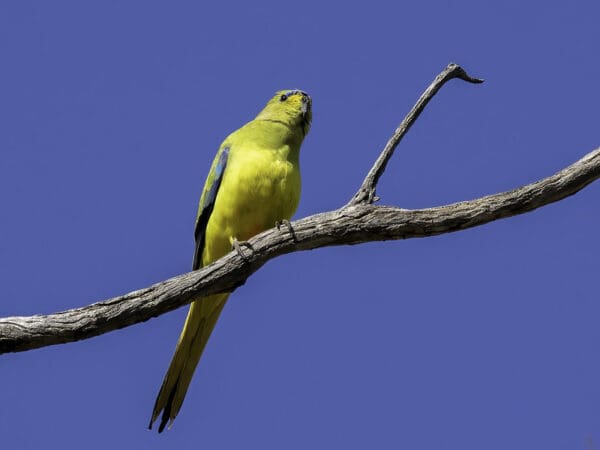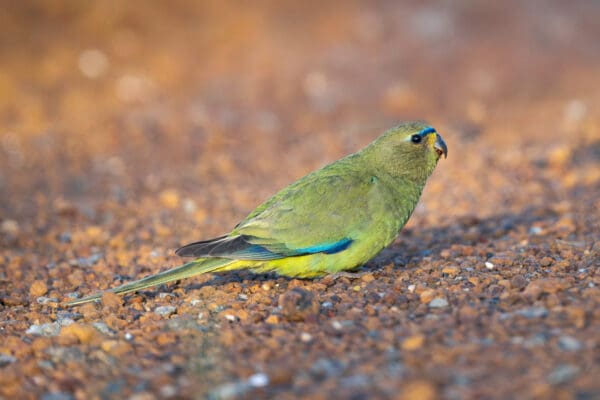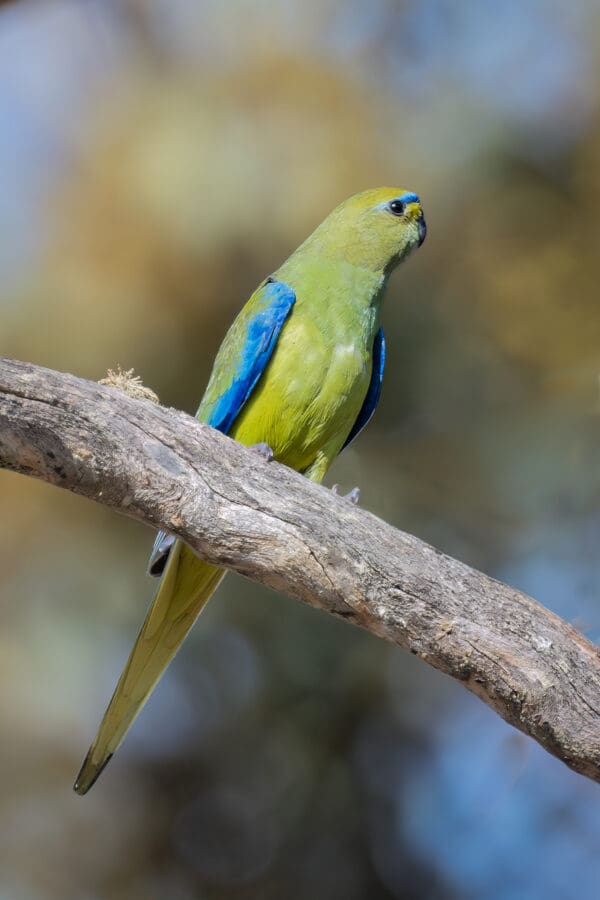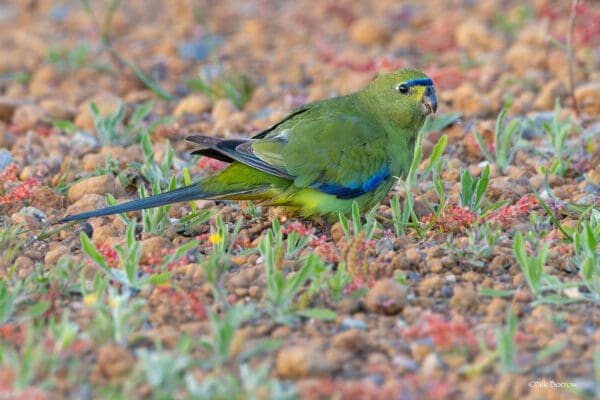Elegant Parrot
Also known as:
Elegant Grass-Parakeet, Grass Parrot
Also known as:
Elegant Grass-Parakeet, Grass Parrot
![© Brian McCauley [CC BY-NC 2.0] via Flickr A wild Elegant Parrot perches on a snag](https://parrots.org/wp-content/uploads/2023/01/wpt_Elegant-Parrot_1206-8-100x100.jpg)
![© David Cook [CC BY-NC 2.0] via Flickr A wild Elegant Parrot perches in a tree](https://parrots.org/wp-content/uploads/2023/01/wpt_Elegant-Parrot_1206-7-100x100.jpg)
![© lostandcold [CC BY-SA 2.0] via Flickr Wild Elegant Parrots perch in a tree](https://parrots.org/wp-content/uploads/2023/01/wpt_Elegant-Parrot_1206-6-100x100.jpg)
![© David Cook [CC BY-NC 2.0] via Flickr Wild Elegant Parrots perch on branches](https://parrots.org/wp-content/uploads/2023/01/wpt_Elegant-Parrot_1206-4-100x100.jpg)
![© Ron Knight [CC BY 2.0] via Wikimedia Commons A wild Elegant Parrot perches on a branch](https://parrots.org/wp-content/uploads/2023/01/wpt_Elegant-Parrot_1206-3-100x100.jpg)
![© Brian McCauley [CC BY-NC 2.0] via Flickr A wild Elegant Parrot perches on a bush](https://parrots.org/wp-content/uploads/2023/01/wpt_Elegant-Parrot_1206-2-100x100.jpg)
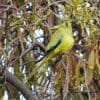
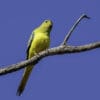
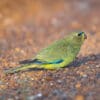
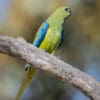

DID YOU KNOW?
In the wild the Elegant Parrot can sometimes show an orange patch on the underparts (as in the Critically Endangered Orange-bellied Parrot (Neophema chrysogaster), leading to confusion in identification.

Neophema

elegans
Size:
22 cm (8.6 in)
Weight:
40-51 g (1.4-1.8 oz)
Subspecies including nominate:
one
Colour Adult:
Male-olive/yellow crown and upperparts; deep blue frontal band, bordered above by paler blue thin line going above and behind the eye; yellow face and throat; olive/yellow breast; yellow lower underparts and underside of tail, sometimes washed with orange on centre of abdomen; light blue outer median wing coverts; yellow/olive inner lesser and median wing coverts. Beak grey/black. Eye dark brown. Female-in general duller than male; orange usually absent on abdomen.
Colour Juvenile:
As in adults but frontal band minimal or absent; pale olive outer wing coverts, faintly margined with pale blue; in some females pale-coloured underwing band is obvious, but in general minimal in both sexes. Beak yellow/brown.
Call:
In flight calls are a sharp or a somewhat weak whistling note. Silent or softly twittering while feeding.
More Information:
Content Sources:
CITES
BirdLife International
Cornell Lab of Ornithology/Birds of the World
Parrots: A Guide to Parrots of the World, Juniper and Parr, 1998
Parrots of the World, Forshaw and Cooper, 1977. 2010 edition
Parrots of the World, Forshaw, 2006.
Parrots in Aviculture, Low, 1992.
Lexicon of Parrots, Thomas Arndt.
Bird Care
Captive Status:
Common since the 1970s in UK, Europe and Australia.
Longevity:
About 10 yrs.
Housing:
Walk-in enclosure, minimum length 2-2.5 m (6.5-8.2 ft).
Diet:
Small seed mix such as: canary, millet and smaller amounts of oats, buckwheat, safflower and minimal hemp; limited sunflower seed; spray millet; green leaves such as: Swiss chard, lettuce, sowthistle, dandelion, chickweed; seeding grasses; rearing food made with hard-boiled egg, wholegrain bread and carrot, all ground to crumbly consistency; fruits such as: apple, pear, banana, orange; complete vitamin or kibble.
Enrichment:
Provide fresh, unsprayed, bird-safe branches (fir, pine, elder or willow) for chewing, heat-sterilised pine cones, wooden toys, and vegetable-tanned leather toys. Provide fresh water for bathing.
Nest Box Size:
Vertical box 5″ x 5″ x 10″ (12.7 cm x 12.7 cm x 25.4 cm).
Clutch Size:
4-5
Fledging Age:
4.5-5 weeks
Hatch Weight:
—
Peak Weight:
—
Weaning Weight:
—
World Population:
Unknown, increasing.
IUCN Red List Status:
Least Concern
CITES Listing:
Appendix II
Threat Summary:
Not globally threatened. Common, particularly in SW Australia where numbers and range have increased, apparently due to land clearance and clover planting.
Range:
Occurs in SW and SE Australia.
Habitat:
Found mostly below 500 m (1640 ft) in open woodland, agricultural areas, lightly wooded savanna, mallee Eucalyptus gracilis, Acacia scrub, saltbush Atriplex plains, saltmarshes and forest clearings.
Wild Diet:
Feeds on the seeds of native and introduced grasses, including clover Trifolium, Paspalum grasses, Lomandra, several species of twinleaf Zygophyllum and shrubs, as well as sunflower.
Ecology and Behaviour:
Somewhat nomadic, with local movements through the year. Difficult to detect because of how well the birds blend in with the shrubbery. Sometimes confused with the Blue-winged Parrot, as the two species are nearly identical.
Clutch and Egg Size:
4-5 rounded eggs, 20.5 x 17.5 mm (0.8 x 0.7 in)
Breeding Season:
August-November. Nest is in hollow high in tree.
Related Links:
—
